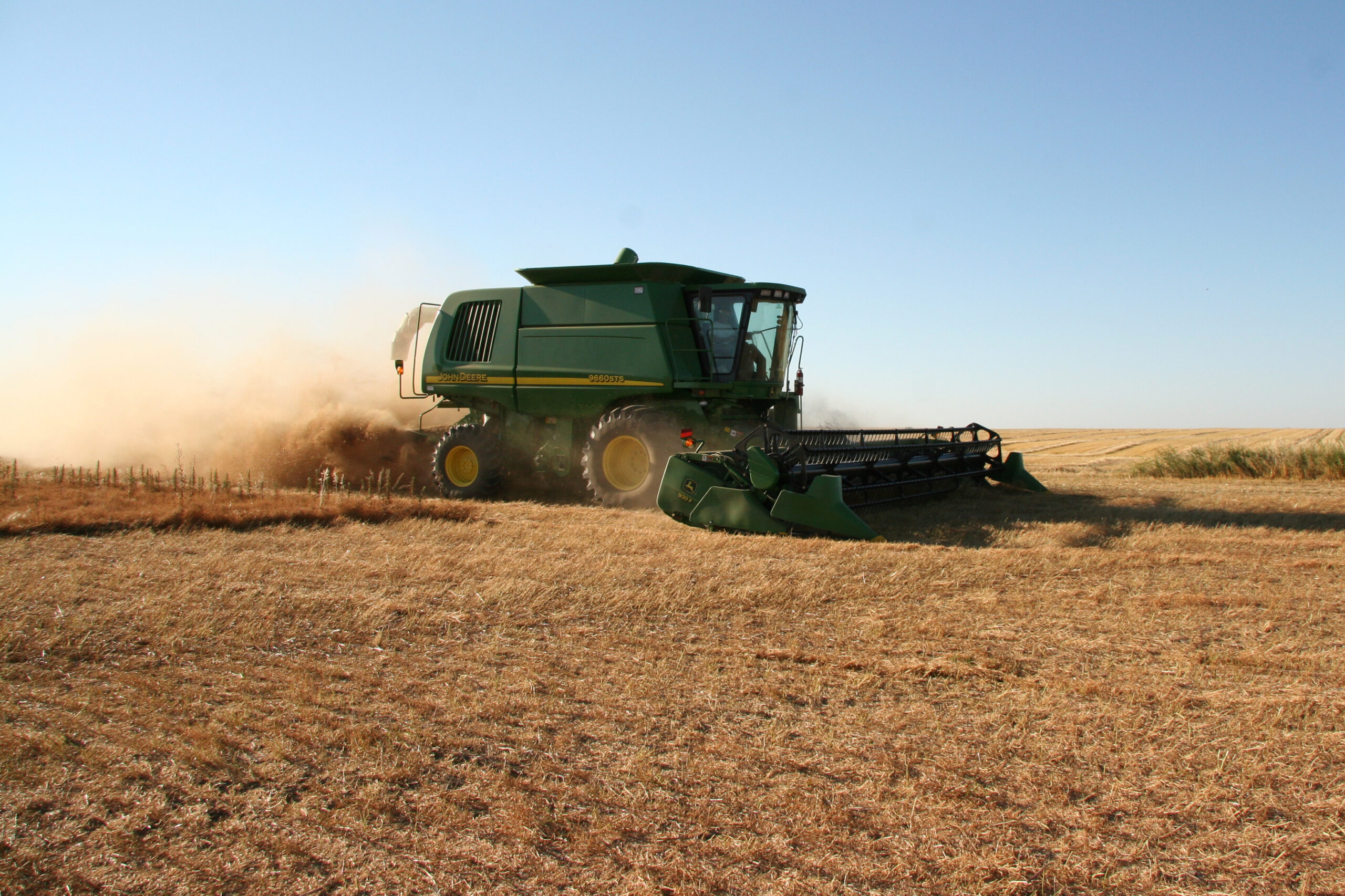By Jon Driedger, LeftField Commodity Research
September 2021
The historical drought through much of the Prairies and United States (U.S.) Northern Plains has sharply reduced yields for all crops. Pulse markets are amongst the most affected given the concentration of production of peas, lentils, and chickpeas in the hardest hit areas, which also combines with Canada’s importance as a global supplier.
On August 30, Statistics Canada provided their first production estimate of the season. As expected, crop size is far below 2020 and, more importantly, much smaller than was expected going into the summer. The Canadian pea crop was estimated at just 2.63 million (M) tonnes, down over 40% from last year and the smallest in a decade. Lentils were forecast at just under 2 M tonnes, a 31% drop from 2020. While this report did not provide a breakdown by type, large green lentil production could be off by as much as 50%, while small green and red lentils may be down closer to 25%.
Chickpea production plummeted to a surprisingly low 63,000 tonnes, down 70%, while faba beans declined over 60% to just 45,000. Statistics Canada did not provide a national dry bean estimate, although they gave some provincial figures. It is expected the total crop will come in at approximately 320,000 tonnes, 35% lower, but helped by relatively better conditions in Ontario.
This initial Statistics Canada report is not the final word on production. The results were compiled using model-based data, something that is more of a challenge when conditions are a historical “outlier”. There was also the assumption of average acreage abandonment, which does not reflect a higher portion of area that was written off or used as livestock forage. Even so, the report will help narrow what was an unusually wide range of expectations previously.
Even with some fine-tuning still needed, the result will be a total Canadian pulse crop that is down nearly 40%, the lowest in ten years.

While varying by crop, Canada’s prominence in world pulse trade means the impact of the greatly reduced supply will be significant. Pea exports will need to decline by 1.25 M tonnes, or over one third, to 2.275 M, the bulk of which will come out of yellow peas. China has been by far the largest buyer, and so will naturally be forced to face the brunt of the shortfall. Perhaps a portion of their needs can be replaced from other suppliers, and the volumes going to livestock feed could be filled in from corn and soymeal, but ultimately Chinese usage will need to decline, including from the more inelastic human consumption portion. Green peas came into the year with somewhat more of a supply cushion, which means their relative exports will not see as big of a reduction as yellows.
Canada’s lentil exports are less dependent on a single destination, and also vary by type. A smaller drop in red lentil production and somewhat larger old crop carry-in means exports may not fall a great deal in the coming year. A favorable Australian crop will also help keep global markets supplied. Demand will remain strong, particularly from India and Turkey which is helping to drive prices higher, but the gap is not quite as large as seen in green lentils.
Green lentils face a significant supply problem. In addition to Canada’s decline, the U.S. also had a much smaller crop. Given that these are the two primary suppliers for global green lentil markets, there are few alternatives for importers to turn to, even as green lentil demand tends to be more inelastic. There is also the potential for India’s pigeon pea production to come in lower than forecast, which could further increase import interest. These dynamics mean prices should stay elevated all year.
Canada’s footprint is smaller in global chickpea markets, although our ability to fill needed holes is reduced when production drops so dramatically. In addition, a smaller U.S. crop will add to their buying interest from Canada, further reducing shipments that will go overseas. Ordinarily, lower Kabuli crops in India and Turkey might allow for a stronger Canadian export program, but a lack of supply crimps that opportunity this season.
Faba beans are one pulse crop where Canada plays a relatively minor role on the global stage. A shortfall in Australian production had opened some doors in recent years, but a rebound in their supply would limit our export potential even if we had the ability to ship more aggressively. Fortunately, a very tight feed grain complex on the Prairies means domestic faba bean prices should still be relatively attractive, even if that might typically not be considered the “premium” outlet in more normal years.

Source: LeftField Commodity Research
While some clarity is slowly working its way into production estimates, much has yet to get sorted out on the demand side. Unlike years when supplies are large, the question is not whether there will be a home for all the pulses grown in Canada, but rather how the small pile will get divvied up. This will be a dynamic process, and ensure an interesting year ahead for markets.
Jonathan Driedger is Vice President with LeftField Commodity Research. He can be reached at jon@leftfieldcr.com.



